Welcome, if you are a newcomer to this fun bi-weekly segment of AllOutdoor.com! For those who have been following along, our last four articles explored the Winchester Model 1911 SL, infamously known as the “Widowmaker.” We dove deep into its history, dating, variations, and range time, along with all the mechanical quirks that earned it such a notorious nickname. Today, we’re shifting gears to examine another wonderful piece of American firearms history – the Remington 550-1 .22 rimfire rifle.
Curious Relics Coverage on AllOutdoor:
- Curious Relics #106: Winchester Model 1911 SL – The “Widowmaker”
- Curious Relics #107: Widowmaker Variations – Winchester 1911SL Part II
- Curious Relics #108: Dating A Widowmaker – Winchester 1911 SL Part III
- Curious Relics #109: The Winchester Widowmaker 1911 SL Part IV
Welcome to our recurring series of “Curious Relics.” Here, we want to share all of our experiences, knowledge, misadventures, and passion for older firearms that one might categorize as a Curio & Relic – any firearm that is at least 50 years old according to the ATF. Hopefully along the way you can garner a greater appreciation for older firearms like we do, and simultaneously you can teach us things as well through sharing your own expertise and thoughts in the Comments. Understanding the firearms of old, their importance, and their development which lead to many of the arms we now cherish today is incredibly fascinating and we hope you enjoy what we have to share, too!
Personal Connection: A Grandfather’s Legacy
Before diving into the official history of the Remington 550-1, I want to share a personal connection to this particular firearm. In the fall of 2023, my grandfather gifted me his 550-1 – not merely as a hand-me-down, but as a side project that would test the gunsmithing skills I’d learned a decade prior. He presented me with a box of disassembled parts, explaining that one of my relatives had taken it apart for cleaning but couldn’t get it functioning again when reassembled.
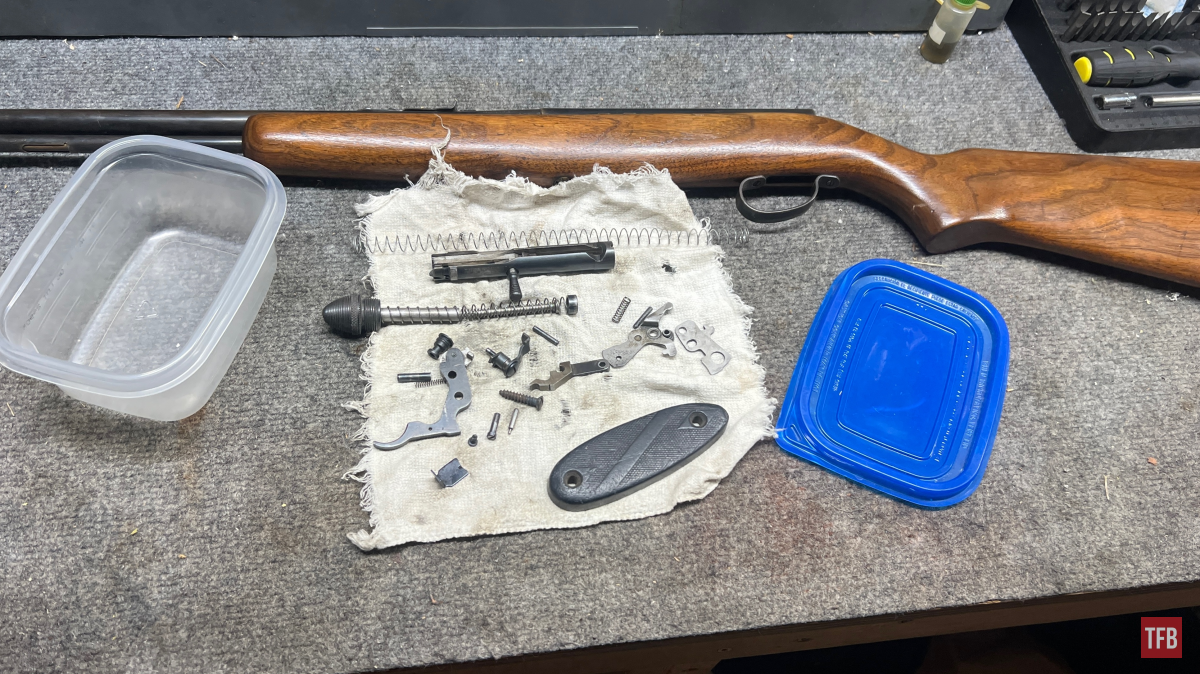
The challenge was clear, and thankfully, diagnosing the issue didn’t take long. Soon enough, the rifle was back together and running smoothly. When I handed it back to my grandfather, he immediately returned it to me with a simple gesture that said it was now mine. He always bragged about how many .22 Shorts this tube-fed marvel could hold and what a reliable shooter it was in his hands.
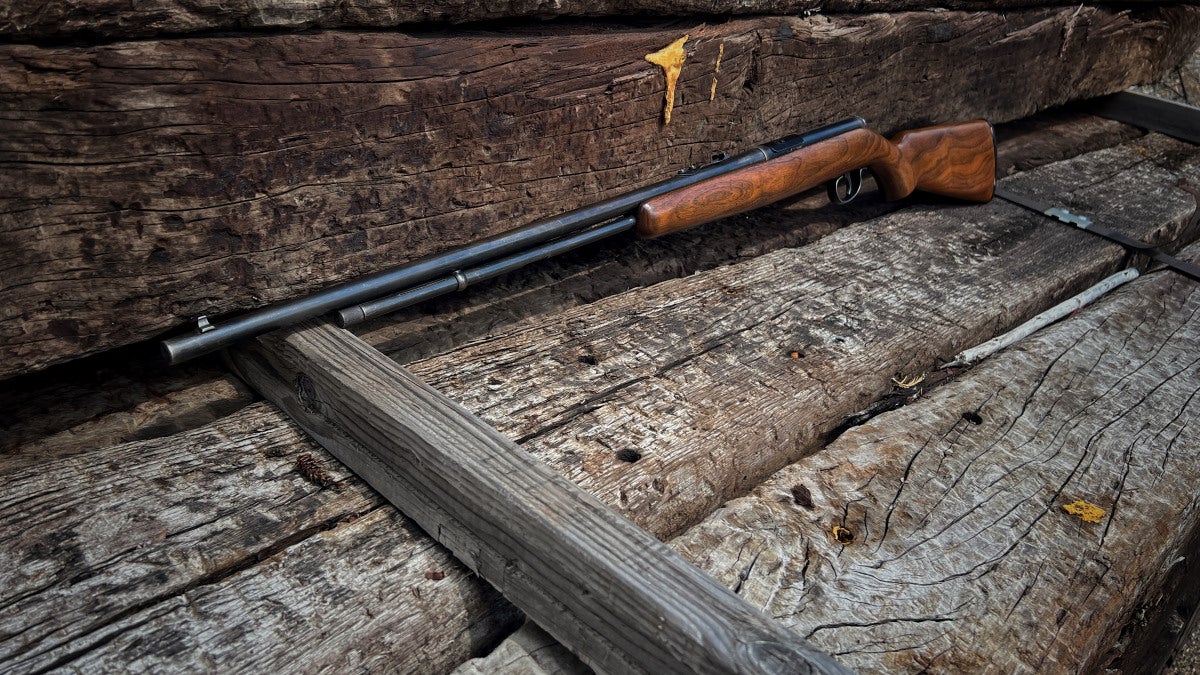
My grandfather passed away last summer (2024), leaving behind not just memories but this tangible connection to his life. I’m honored to have this piece of his history and to keep it in proper working order. It’s firearms like these – passed down through generations – that often spark our interest in the stories behind these mechanical masterpieces. This one is for you, Grandpa John.
The Birth of The Remington 550-1
The Remington 550-1’s story begins in the early 1940s, during a time when America’s manufacturing might was largely focused on wartime production. While priority went to military arms, Remington recognized the continuing civilian demand for versatile rimfire rifles that could serve multiple purposes on farms, ranches, and in recreational shooting.
The series actually began with the Model 550A around 1941, which featured the innovative “floating chamber” design – the key engineering element that would define the entire 550 series. Production of the 550A was relatively limited, with approximately 34,577 units manufactured between 1941-1946 according to collector documentation. These early models featured dual extractors and a distinctive shell deflector that would become a recognizable trait of the series. The true production success began after World War II with the introduction of the Model 550-1. Early versions produced from 1946-1948 were marked simply as “550 1” without a dash, while those manufactured from 1949-1971 carried the more familiar “550-1” designation with a dash – a subtle but important detail for collectors and historians today.
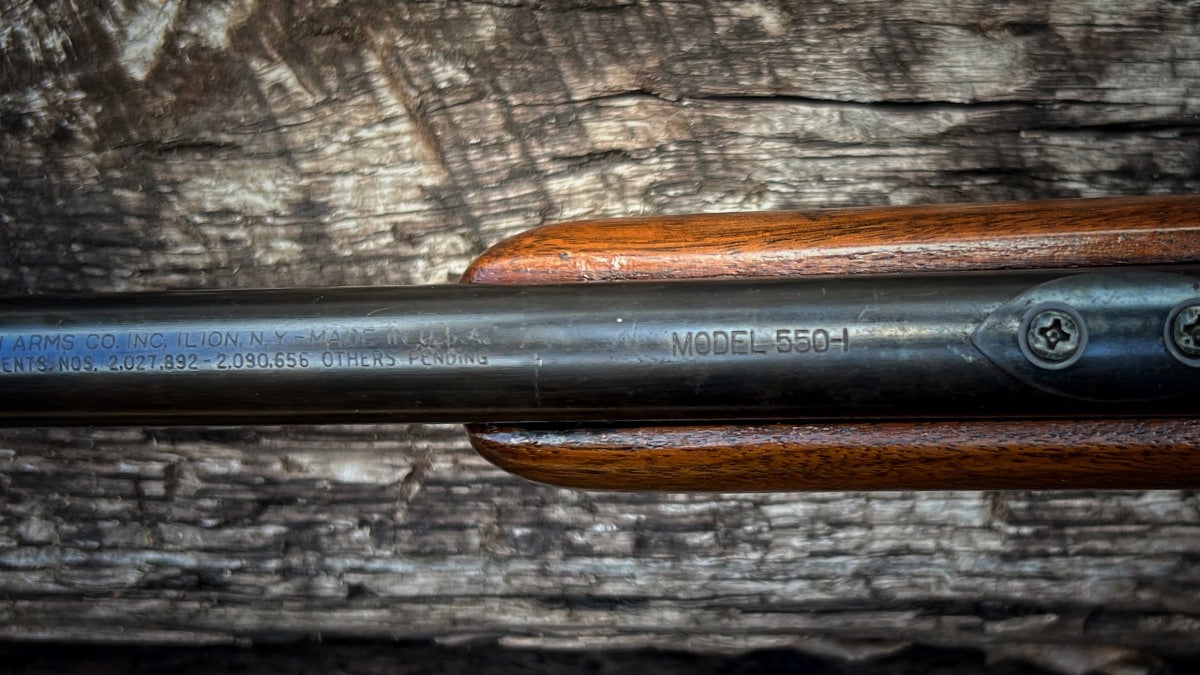
What made the 550-1 special was its unique “floating chamber” design – a separate sleeve that moved independently within the bolt assembly. This mechanism allowed for the effective cycling of three different rimfire cartridges (.22 Short, .22 Long, and .22 Long Rifle) without requiring any adjustment from the shooter.
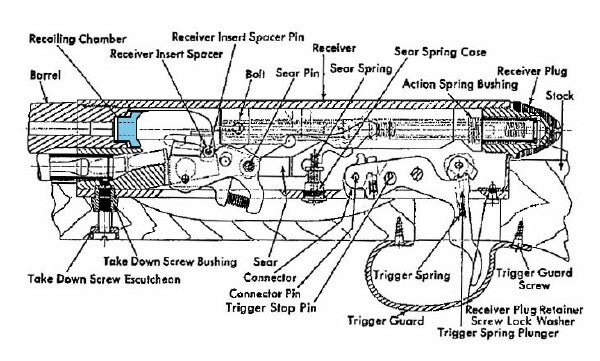
David Marshall Williams – Overview. http://www.uscarbinecal30.com/williams4.html. Accessed 13 May 2025.
To appreciate why this was remarkable, consider the challenge: .22 Short, Long, and Long Rifle cartridges vary significantly in length, powder charge, and recoil impulse. Most autoloading firearms are optimized for a specific cartridge and struggle with others. The floating chamber solved this by creating an intermediate recoil transmission system that effectively harnessed the energy from even the modest .22 Short rounds to cycle the action reliably.
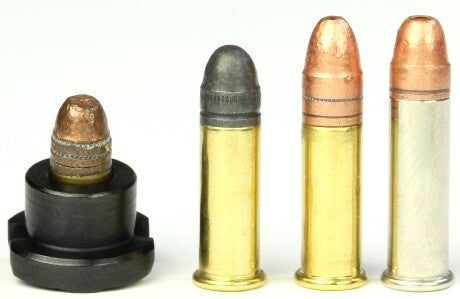
David Marshall Williams – Overview. http://www.uscarbinecal30.com/williams4.html. Accessed 13 May 2025.
This adaptability wasn’t just a marketing gimmick – it was genuinely useful at a time when ammunition availability could vary, especially in rural America, where these rifles often served as essential tools. The ability to use whatever .22 ammunition was available at the local general store made the 550-1 particularly versatile for farm use, small game hunting, and pest control.
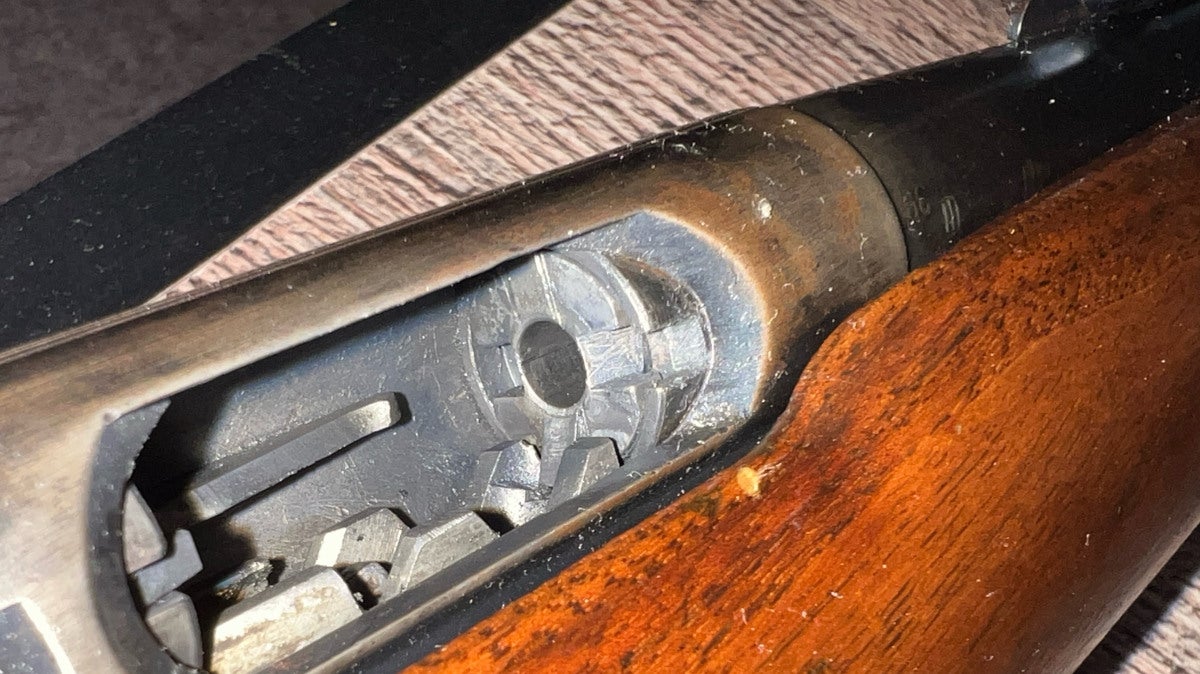
Commercial Success and Competition: Remington 550-1
Between 1946 and 1971, Remington manufactured approximately 700,000-730,000 Model 550-1 rifles, making it a commercial success even if it never achieved the iconic status of some later rimfire designs. When introduced, it competed against rifles like Winchester’s Models 74 and 77, and later the Marlin Model 60 (introduced in 1960) and Ruger 10/22 (introduced in 1964).
The 550-1 occupied a somewhat premium position in the market. Its all-steel construction and machined parts represented traditional quality gunmaking at a time when more manufacturers were transitioning to stamped parts and cost-saving production methods. The rifle’s robust construction contributed to its durability, with many examples still functioning perfectly today, more than half a century after production.
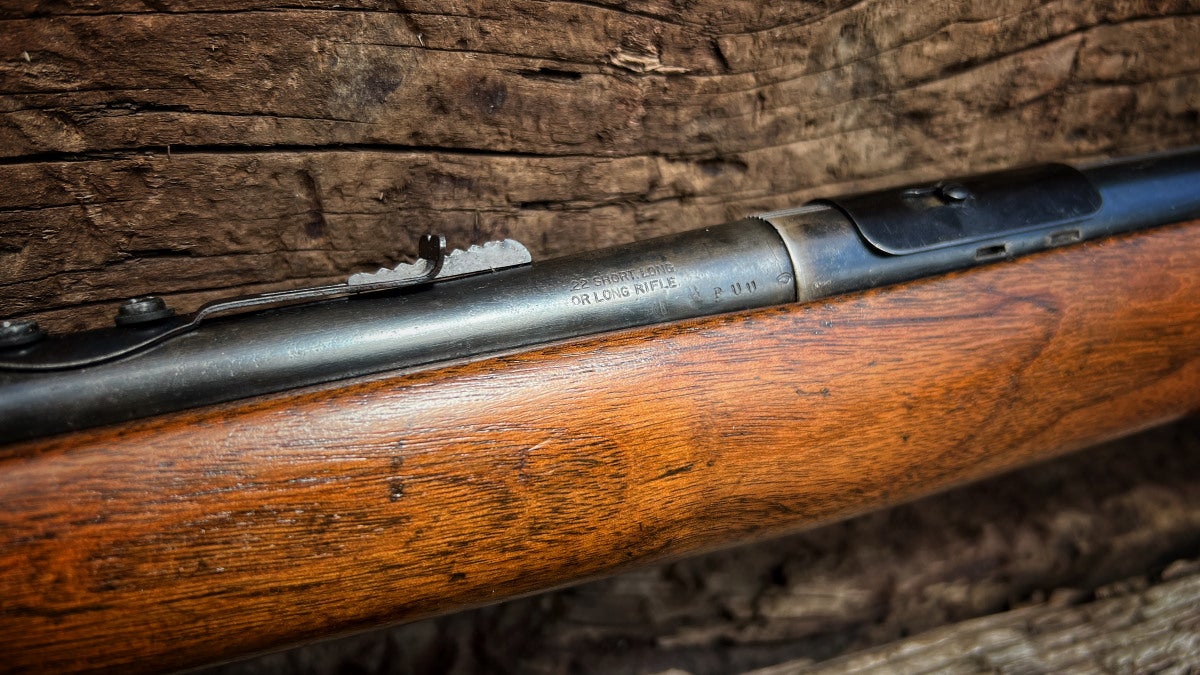
Interestingly, as .22 Long Rifle ammunition became standardized as the rimfire cartridge of choice in post-war America, the 550-1’s multi-cartridge flexibility gradually became less of a selling point. Features like the Ruger 10/22’s rotary magazine and modern styling began to appeal more to shooters than the ability to shoot three different cartridge types.
Market Position and Reception: Remington 550-1
The 550-1 was positioned as a versatile and reliable tool rather than a specialized competition or target rifle. Its primary markets included:
- Small game hunters who appreciated its reliability and capacity
- Farmers and ranchers who needed a dependable varmint control tool
- Recreational shooters who enjoyed its smooth cycling and accuracy
- Young shooters learning firearm fundamentals (the rifle was reportedly used in Boy Scout camps during the 1950s and 60s)
Contemporary reviews praised the rifle’s reliability and versatility. The floating chamber design, while innovative, did require regular cleaning – perhaps the one consistent criticism found in period literature. The ability to cycle different ammunition types reliably was consistently highlighted as its standout feature.
By the late 1960s, changing manufacturing economics and consumer preferences were putting pressure on Remington’s product lineup. The 550-1, with its machined components and complex floating chamber design, was expensive to produce compared to newer designs with stamped parts and simpler operating systems.
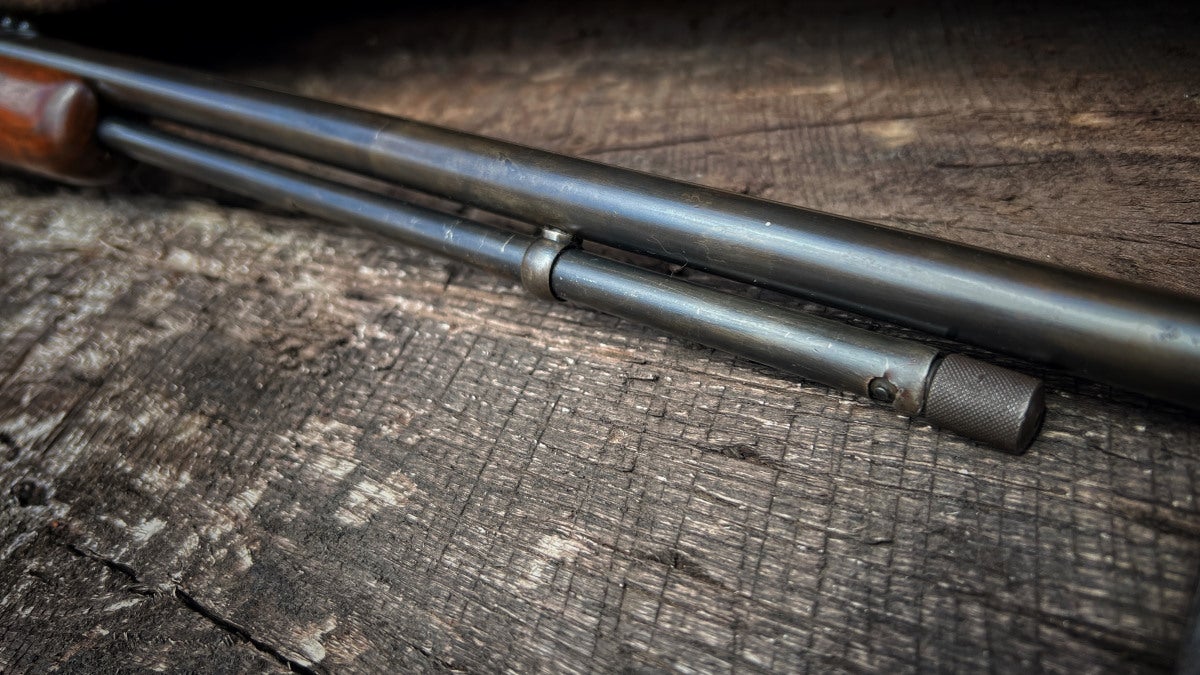
In 1971, Remington discontinued the 550-1, replacing it with the Model 552 – a similar design that maintained the multi-cartridge capability but used more modern manufacturing techniques and materials. Many collectors and enthusiasts consider the change a downgrade, as the 552 never quite captured the robust quality that made the 550-1 special.
End of Part One: Remington 550-1
Today, the Remington 550-1 occupies an interesting position in the collector market. While not rare in absolute numbers, well-preserved examples command respect and interest from collectors who appreciate its engineering and historical significance. The rifle represents a transition period in American firearms manufacturing, bridging the gap between traditional gunmaking with its emphasis on machined parts and durability, and the more modern approaches that prioritized efficiency and cost-effectiveness.
For many families, like mine, these rifles aren’t just collectibles but treasured heirlooms that connect generations. The stories of hunting trips, pest control on family farms, or simply plinking with tin cans are woven into the history of these firearms as much as their technical specifications.
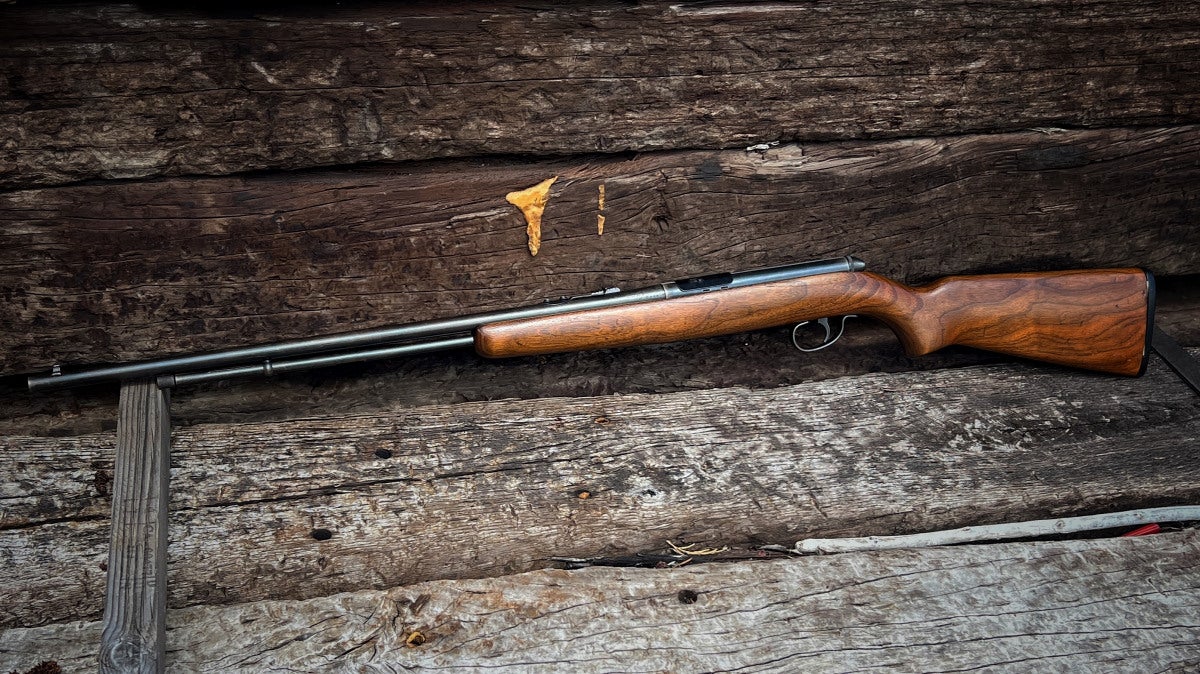
In our next installment, we’ll dive deeper into the various models and variations of the 550-1 that emerged during its production run, examining how the design evolved over its quarter-century in production. We’ll look at the specialized variants like the 550P target model and the 550-2G gallery gun, along with the subtle changes that occurred throughout the standard production models.
In closing, I hope our Curious Relics segment informed as well as entertained. This all was written in hopes of continued firearm appreciation and preservation. We did not just realize how guns were supposed to look and function. It was a long and tedious process that has shaped the world we live in. So, I put it to you! Is there a firearm out there that you feel does not get much notoriety? What should our next Curious Relics topic cover? As always, let us know all of your thoughts in the Comments below! We always appreciate your feedback.
The post Curious Relics #110: The Remington 550-1 .22 Rimfire – Part I appeared first on AllOutdoor.com.


